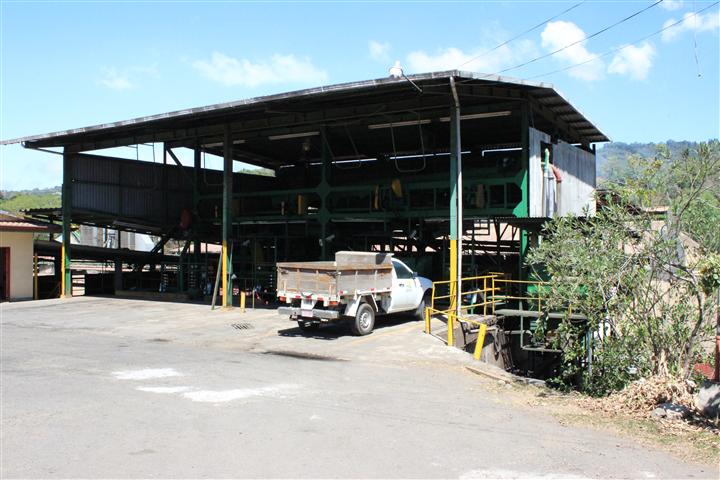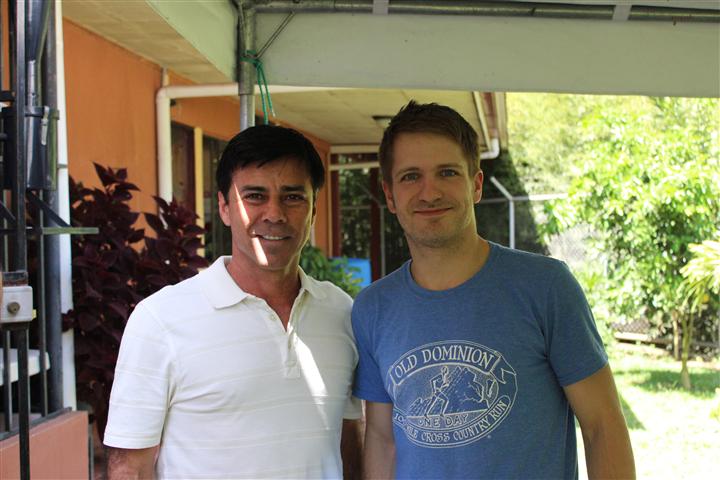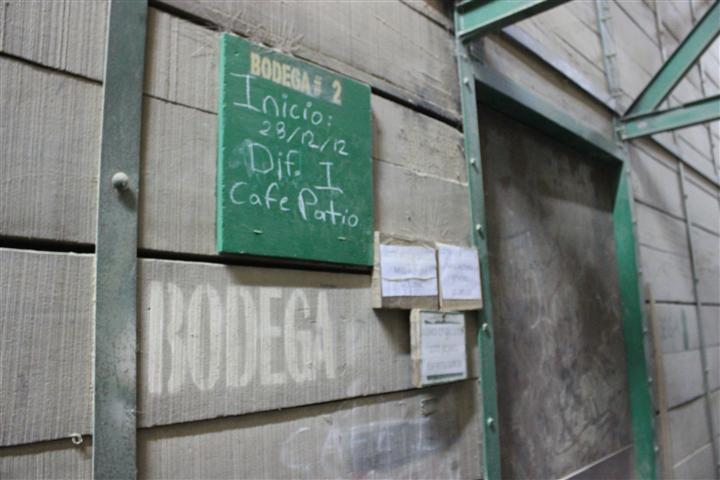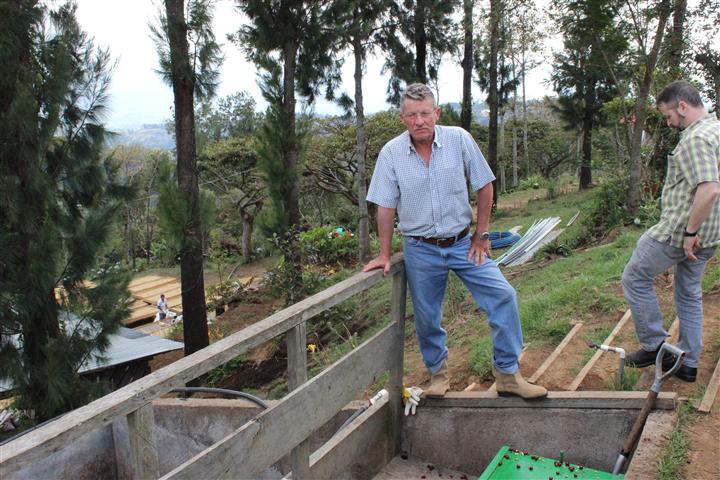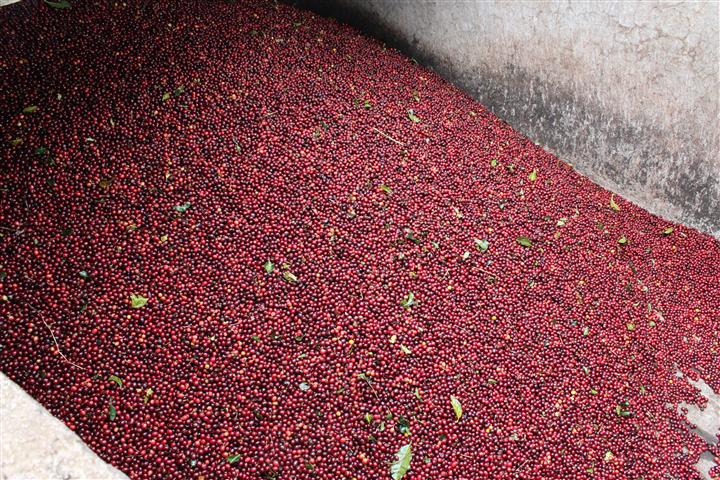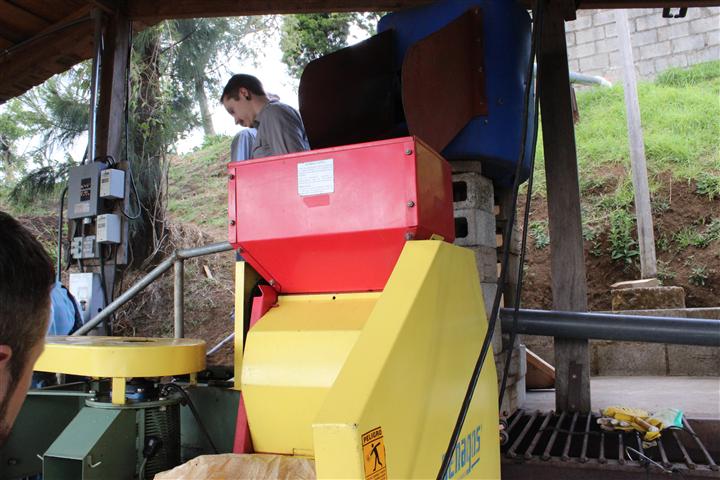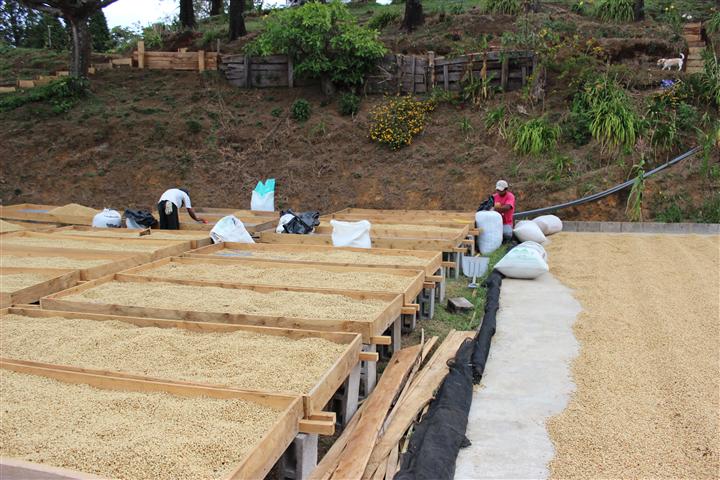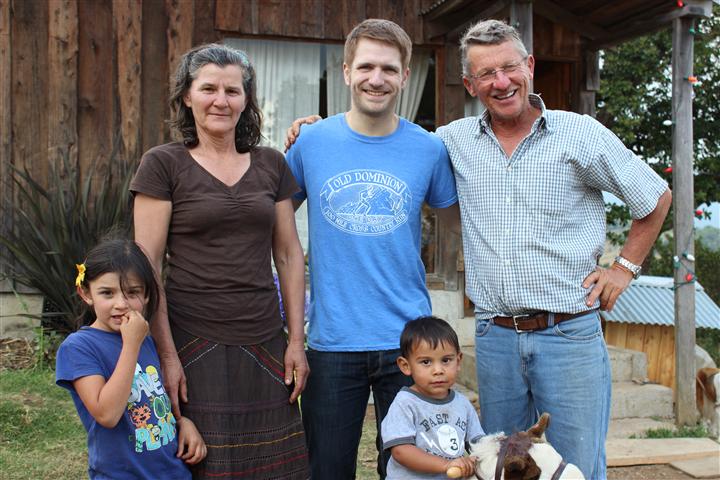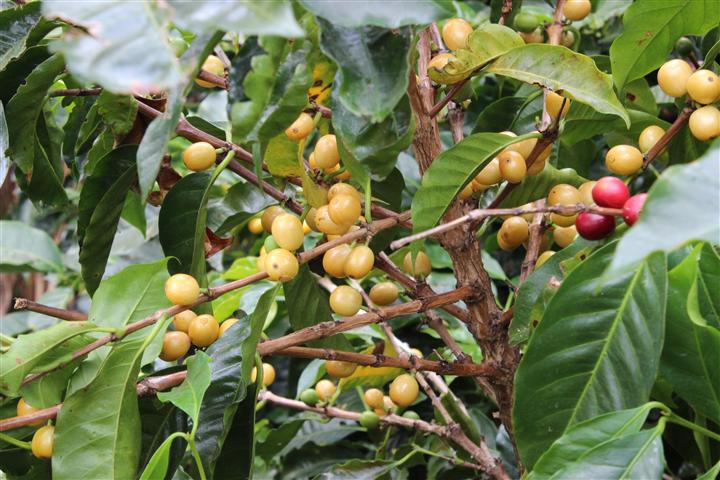Back
Costa Rica: Day 2
So after a long day 1, we were hoping to have a bit of a shorter day today. Apparently, not in the cards…
Oh, well. The day was still pretty awesome!
Today we were spending time in the West Valley, another area of Costa Rica known for exceptionally high quality coffee. We started off visiting a coopertive mill called Coopro Naranjo. Definitely an interesting cooperative and mill. The mill manager is Antonio Vega, a truly nice guy who walked us through the entire operation.
Coopro Naranjo is interesting in the sense that I felt they were sort of in between two worlds. On one hand, they were producing very good coop coffee, coffee that is blended from a variety of member farms from the area. On the other hand, they also were trying to process some very small, farm-specific lots that may have been really good.
I think the fact that the mill is really set up to handle large volumes of coffee hurt their ability to do small batches. Specifically, the mill is set up to dry all the coffee mechanically, which is inherently a faster process that leaves a coffee that’s not as uniformly dry, and can lead to issues as the coffee ages. They do have a small patio section where they can dry small lots, but it’s hard to see any focus being paid to that area. On a side note, it seemed that the mill was using an awful lot of wood in the drying of the coffee, which I just can’t see being sustainable. Who knows, I could totally be wrong on that end…
After touring the facility, Antonio had a cupping set up for us, and I have to say that a few coffees on the table did stand out. Specifically from a farm called Hortencia, grown by a farmer named Henry Mendez. Really interesting acidity with nice potential.
After spending a while at Coopro Naranjo, we grabbed some lunch at this awesome restaurant with an amazing view out over the West Valley. We were about 1600 meters up, and you could tell! Just beautiful. We all shared a bunch of local food (why don’t we eat more Chichirrones in the states?!?), stuffed ourselves, and headed out on the road.
Our next stop was a really awesome little mill and farm called Genesis. I definitely identified with this mill/farm on a personal basis. It’s owned by Oscar and Olga Marta Mendez, who care an awful lot about what they’re doing. The passion they had was all over their faces…
The name Genesis comes from their desire to go “back to the beginning” so to speak, and return to the old, original varietals that made Costa Rica famous for its coffee back in the day. They’re advocating replacing Caturra and Catuai with the original Bourbon and Typica varietals, as well as increasing the spacing between plants, and focusing on quality over quantity. Genesis actually has some Typica trees on there farm, which they’ll be using as the basis for new trees moving forward. They use only organic fertilizers and mineral additions (mostly by recycling the spent cherry pulp from processing!), and though they aren’t organically certified, probably do more for the soil than any farm I’ve been to. This is definitely huge for specialty roasters!
As of now, Oscar and Olga only work with 4 farms, and are very particular about adding new farms. They don’t want to compromise the integrity of the mill, and I have to respect them for that. The mill itself is very simple, with a small pulper, demucilagenator, and a bunch of raised African Beds for drying. Like Las Lajas, Genesis is also doing different types of honey processing, although their definitions are a bit different. At Las Lajas, the descriptors yellow, red, and black honey are applied based on how often the coffee is moved on the drying beds. All three coffees start off with 100% of the mucilage left on.
At Genesis, each coffee is moved a bit differently, but the most important thing is that yellow honey has about 50% of mucilage left on, red has about 75%, and black has 100%. Very interesting how certain terms can have different definitions at different mills.
While at Genesis, we were lucky enough to see some cherry from a farm called Finca Esnider get delivered. We watched the mill measure out the cherry (they do it by volume), and then process the cherry by removing the skin, and getting it ready for the drying racks. Pretty cool stuff.
After spending several hours at Genesis, and meeting Oscar and Olga’s children (Pilar, Santiago, and Sunalini), we finally headed back towards San Jose, stopping at a pretty sweet restaurant which was originally a monastery. Good food (lamb rack!) and some wine, then off to the hotel for some much needed sleep.
Before I go, I did want to share something I learned on this trip. About 8 years ago, Costa Rica changed the way they governed water usage by coffee mills. Essentially, they kind of forced mills to abandon the traditional washed process that includes a fermentation step that removes mucilage, and switch to a mechanically washed process that uses physical scrubbers called demucilagenators to remove mucilage. This actually feeds into my overriding philosophy that mechanically washed coffees can sometimes by kind of boring. If you want to know more about this, stop into the shop and chat me up!
What will tomorrow bring? I’m guessing more coffee… Until then!
Dave



